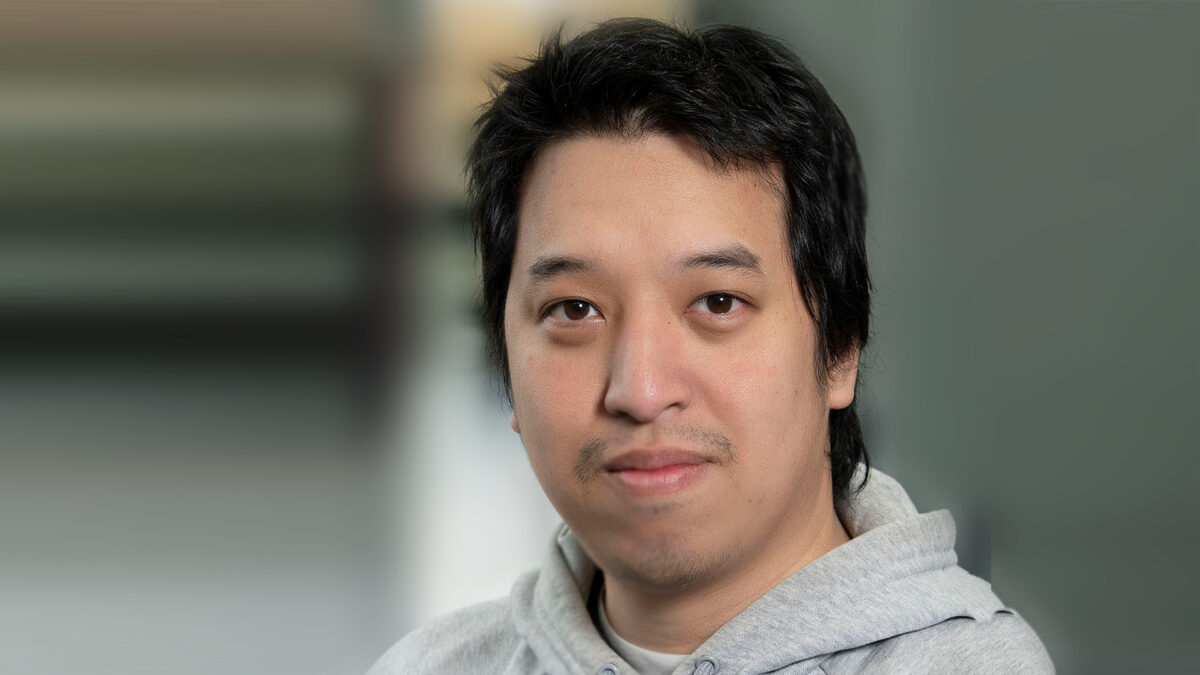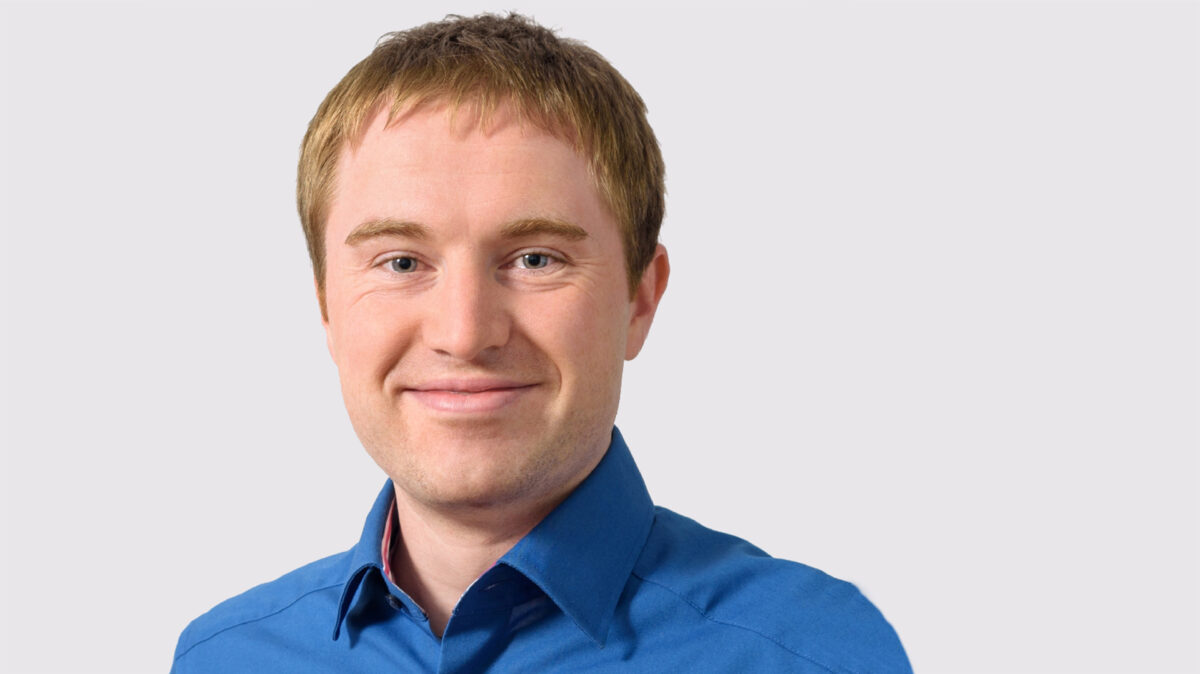The national research centre DIREC has just granted DKK 5.1 million Dkr for 12 new research projects in digital technologies, eight of which are led and run by young, promising researchers. To a great extent, young researchers can contribute with creativity and energy that provide new research perspectives, and DIREC hopes that the grants will boost these researchers to drive their research even further forward.
One of the young researchers is Sophia Yakoubov, who is assistant professor at the Department of Computer Science at Aarhus University. Her project focuses on how to use technologies such as blockchain and multi-party computation (computing) to calculate data without providing personal data.
“There are many use cases in which there is a need for being able to computation on data without compromising data privacy. This applies not least to the healthcare sector, and here technologies such as multi-party computation is an efficient tool that helps us move forward in these research areas,” says Sophia Yakoubov and points out that it is important to provide young researchers with project management.
“I believe it is important to give young researchers the opportunity to learn to lead and project manage their own projects. I myself am a relatively new professor, and this is my first major grant, so I am very much looking forward to the exciting collaboration between different partners, which is provided by this project.”
Great impact on further career
Another grant recipient is Maja Hanne Kirkeby, who is Assistant Professor in computer science at the Department of Humanities and Technology at Roskilde University. She has received funding for a project to investigate energy consumption and performance when implementing algorithms in hardware and software. It is also her first research project as a project manager, and she is also looking forward to expanding her experience in the role of a project manager. As something new, she has chosen to hire both bachelor and master students for the project.
“I believe it is important to give students the opportunity to get in touch with research projects, because usually professors and PhD students participate in research projects, and that is it. This means that we have three levels involved, and I have not seen that before – and I have been involved in a couple of EU projects.”
According to Maja Hanne Kirkeby, it is of great importance for the students’ further careers to participate in research projects, whether they choose an academic or industrial career.
“Only few students choose an academic career, so therefore I find it important to demystify research. Typically, there are no unambiguous answers, and here the students get the opportunity to see how chaotic this process can be. When research results are presented, it may seem rigorous to the outside world, but a lot of questions have been investigated, and they get acquainted with this in these projects,” she explains.
Facts about the eight starter projects:
Hardware/Software Trade-off for the Reduction of Energy Consumption
The project works with the problem of chip implementation of software algorithms. Can we save power and energy by executing programs on an FPGA instead of on general-purpose computers? This project will explore classic sorting and path finding algorithms to see how much energy can be saved by implementing them directly on an FPGA.
Project manager: Assistant Professor Maja Hanne Kirkeby, Roskilde University
Ergonomic & Practical Effect Systems
The project works with effect systems, which are an extension of type systems in programming languages. Power systems can be of great value in programming languages but are too complicated and slow to use. Therefore, the project wants to optimize them.
Project manager: Associate Professor Magnus Madsen, Aarhus University
Understanding Biases and Diversity of Big Data Used for Mobility Analysis
The project will investigate biases in large data sets and try to “debias” data with statistical approaches. The project already has access to large data sets and will in collaboration with UNICEF work on issues in connection with disease detection.
Project manager: Assistant Professor Vedran Sekara, IT University of Copenhagen
Automated Verification of Sensitivity Properties for Probabilistic ProgramsThe overall objective is to explore how automated verification of sensitivity properties of probabilistic programs can support developers in increasing the trust in their software through formal assurances. The project continues to work on research in the field and will among others solve problems with previous approaches and develop a tool to support this. Sensitivity is a key property for checking whether AI solutions and security solutions work properly, which becomes important when AI solutions are implemented widely.
Project manager: Post doc Alejandro Aguirre, Aarhus University
Accountable Privacy Preserving Computation via Blockchain
The project will investigate how to combine multi party computation and blockchain to ensure correct calculations of data categorized as personal data.
Project manager: Assistant Professor Sophia Yakoubov, Aarhus University
Methodologies for scheduling and routing droplets in digital microfluidic biochips
In this project, a series of droplets are guided around a biochip using small electric charges. The droplets form a kind of minicomputer where the droplets can be routed and combined based on a program. At present, it can be complicated to program the chip as a number of factors like topological constraints, the surface on which the droplet is moving must be taken into account. The project will investigate whether it can be made easier to program the chip by making algorithms that can help.
Project manager: Assistant Professor Luca Pezzarossa, Technical University of Denmark
Certifiable Controller Synthesis for Cyber-Physical Systems
Control systems for cyber-physical systems can in some cases be autogenerated, but how do you ensure that autogenerated control systems behave correctly and how can you certify them? The project will investigate this in relation to indoor climate control, adaptive cruise control, floods and floor heating.
Project manager: Post doc. Martijn Goorden, Aalborg University
Algorithms education via animation videos
The project will produce a series of interactive educational videos that explain in new and interesting ways how complex algorithms work. With these videos, the project seeks to make it easier for the students to acquire knowledge within the difficult technical disciplines.
Project manager: Assistant Professor Radu-Cristian Curticapean, IT University of Copenhagen









